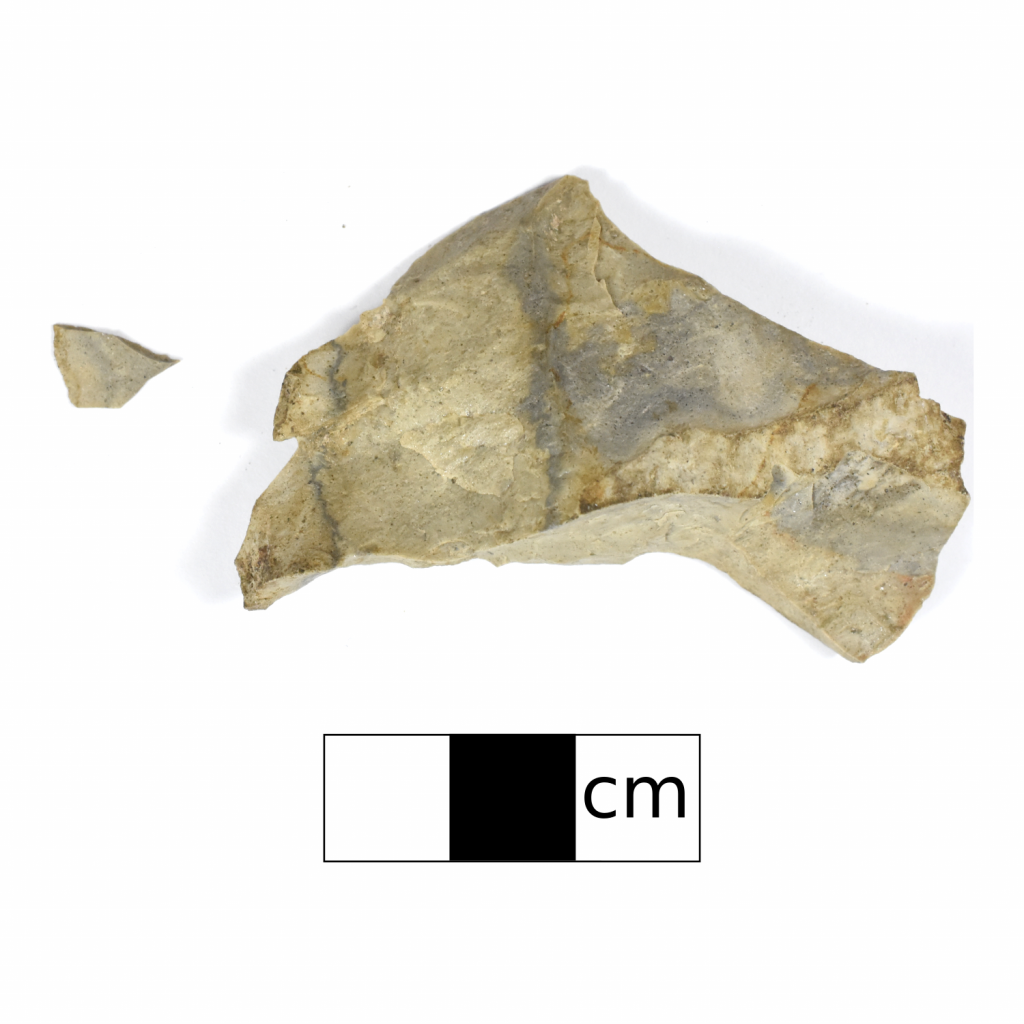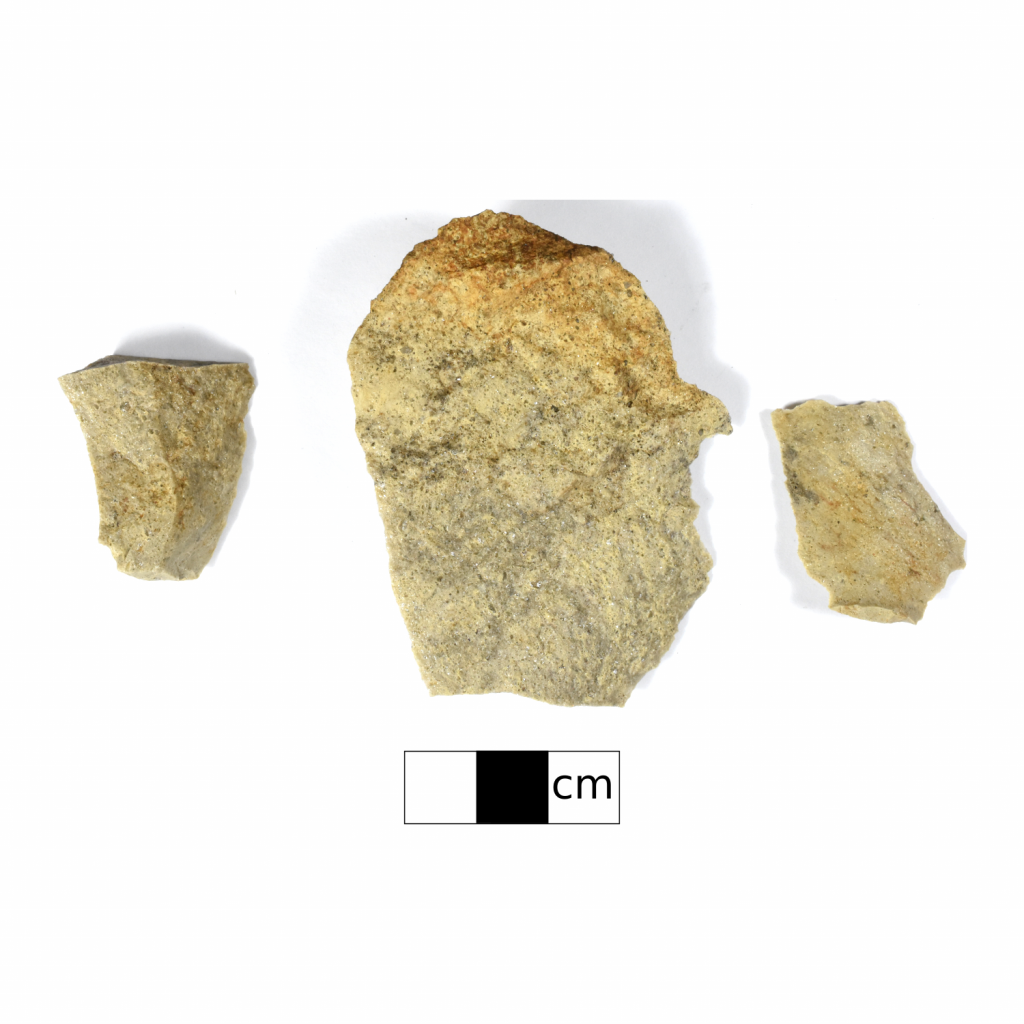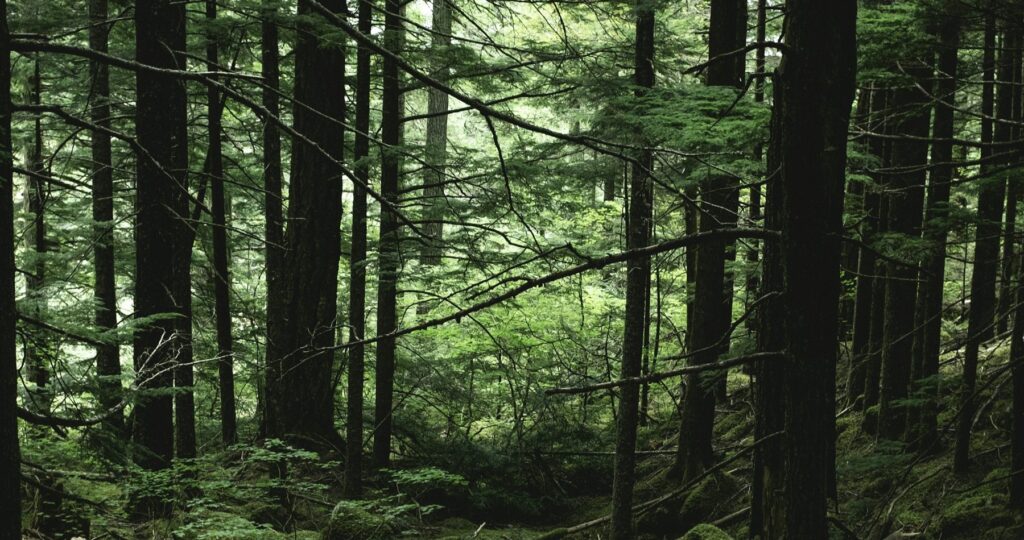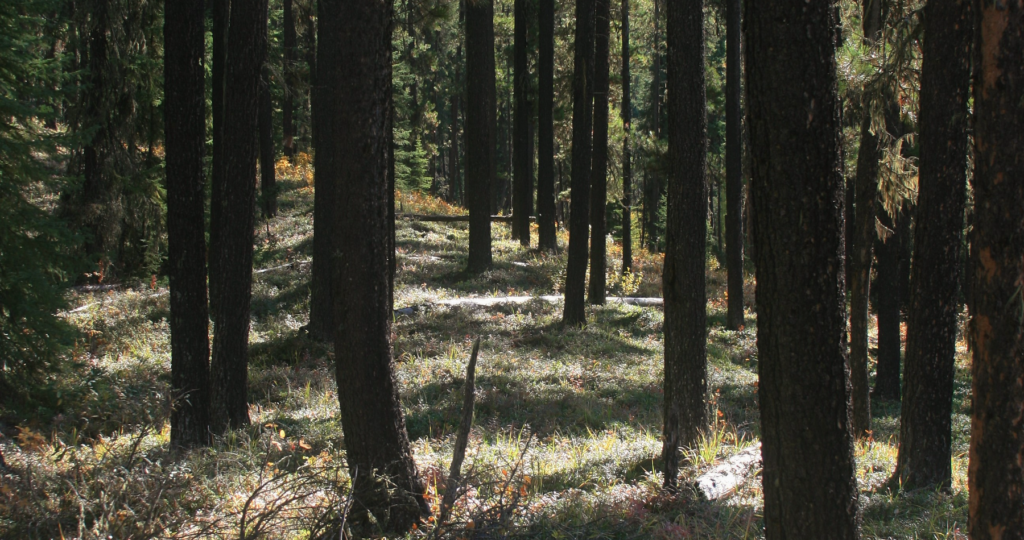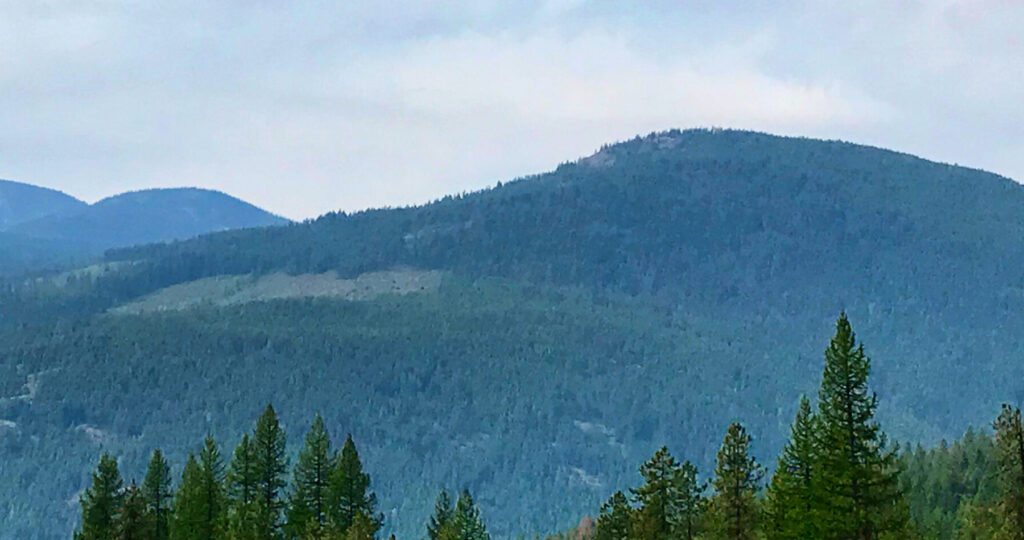Post Category : Glossary Local Archaeology
Glossary Series – Beaver River Sandstone
Beaver River Sandstone is a stone used for flintknapping that was found in two major quarries near Fort McKay in northern Alberta. It can appear in all shades of grey and brownish grey, with small embedded crystals of medium to dark grey quartz (called “inclusions”). Depending on where it was quarried, it can range from fine- to medium-grained. Pieces of this material with red on the edges appear to have been intentionally heated, to make them better for flintknapping.
Technically, the material is classified as a “silicified orthoquartzite sedimentary lithic material” – which is probably why the name Beaver River Sandstone – or BRS – is much more popular. We like this better too. It has also been called Beaver River Silicified Sandstone (BRSS), Beaver Creek Quartzite, Muskeg Valley Silicified Limestone (MVSL), and Muskeg Valley Microquartz (MVM).
